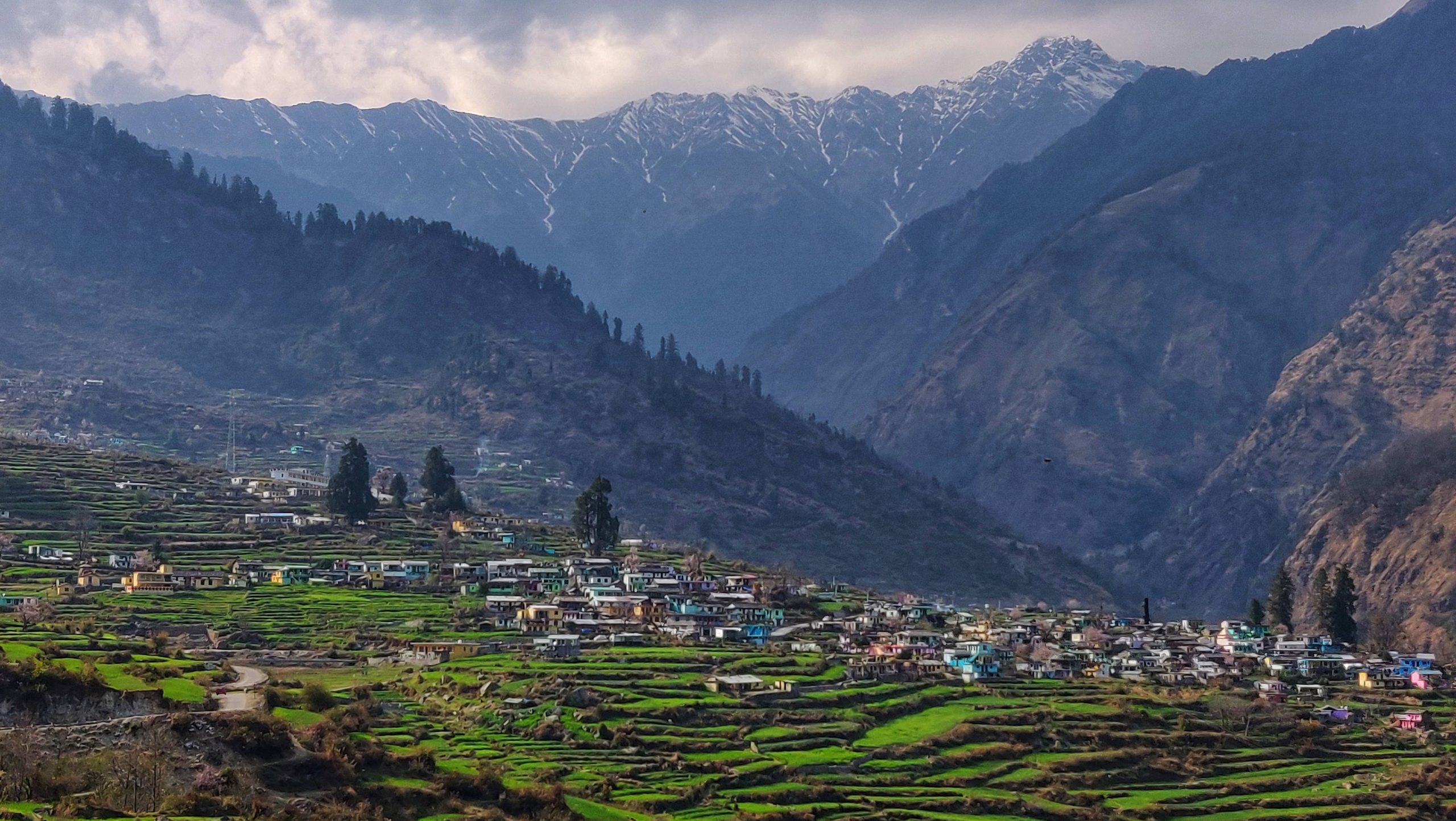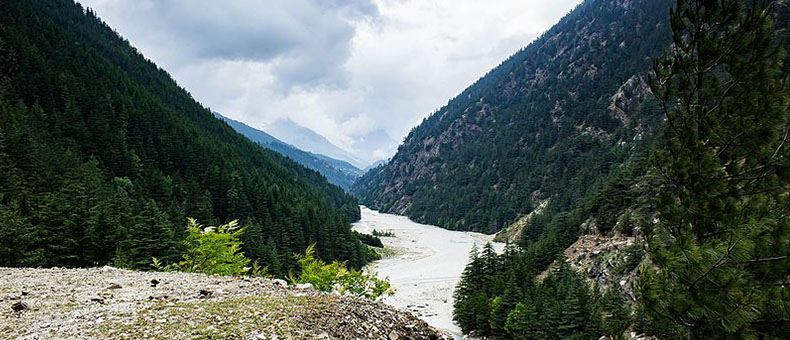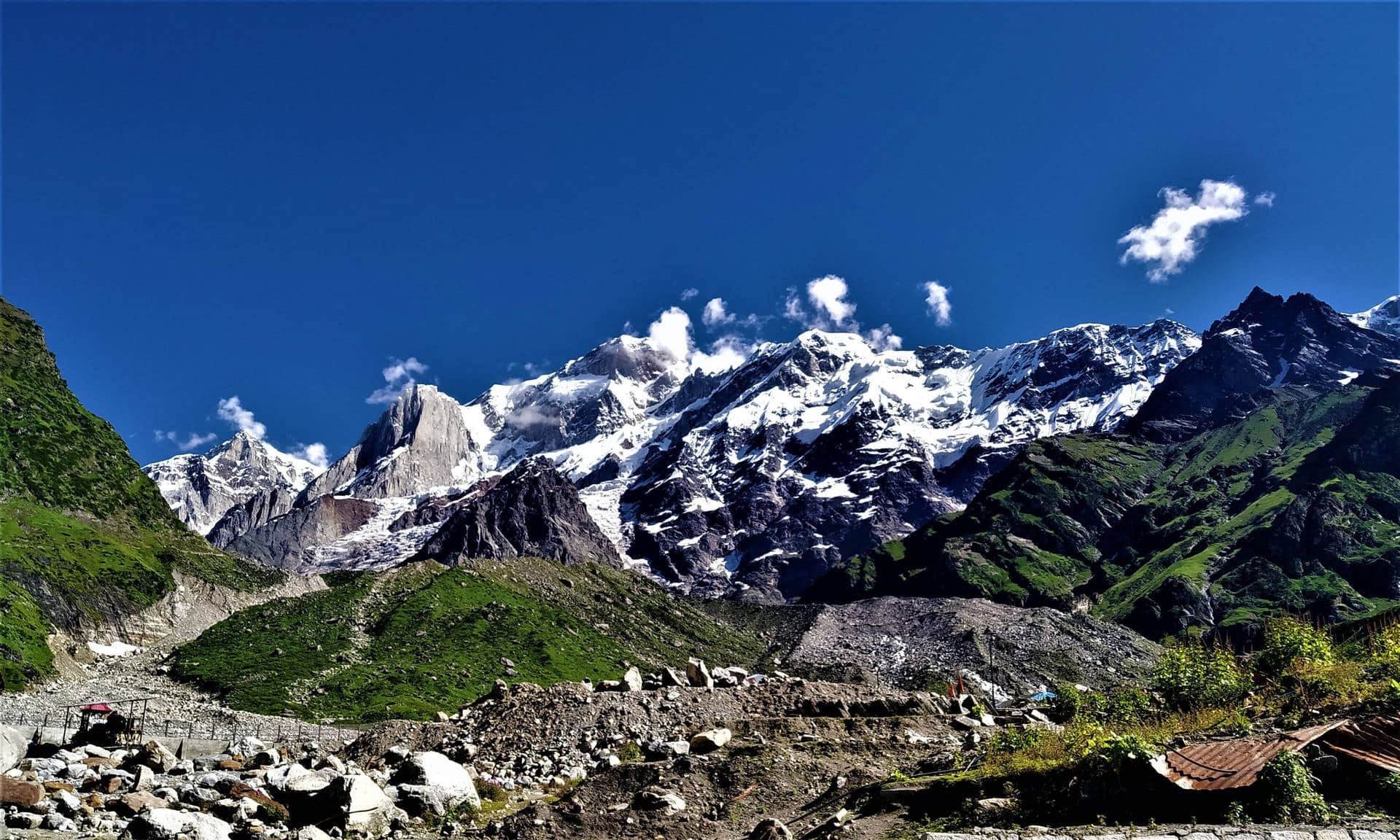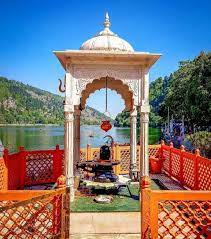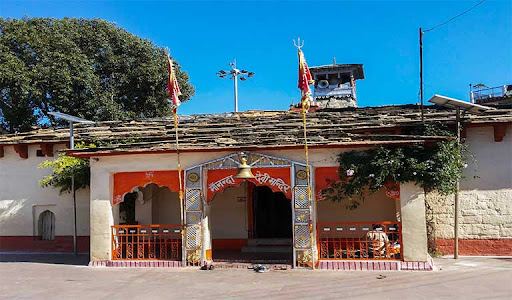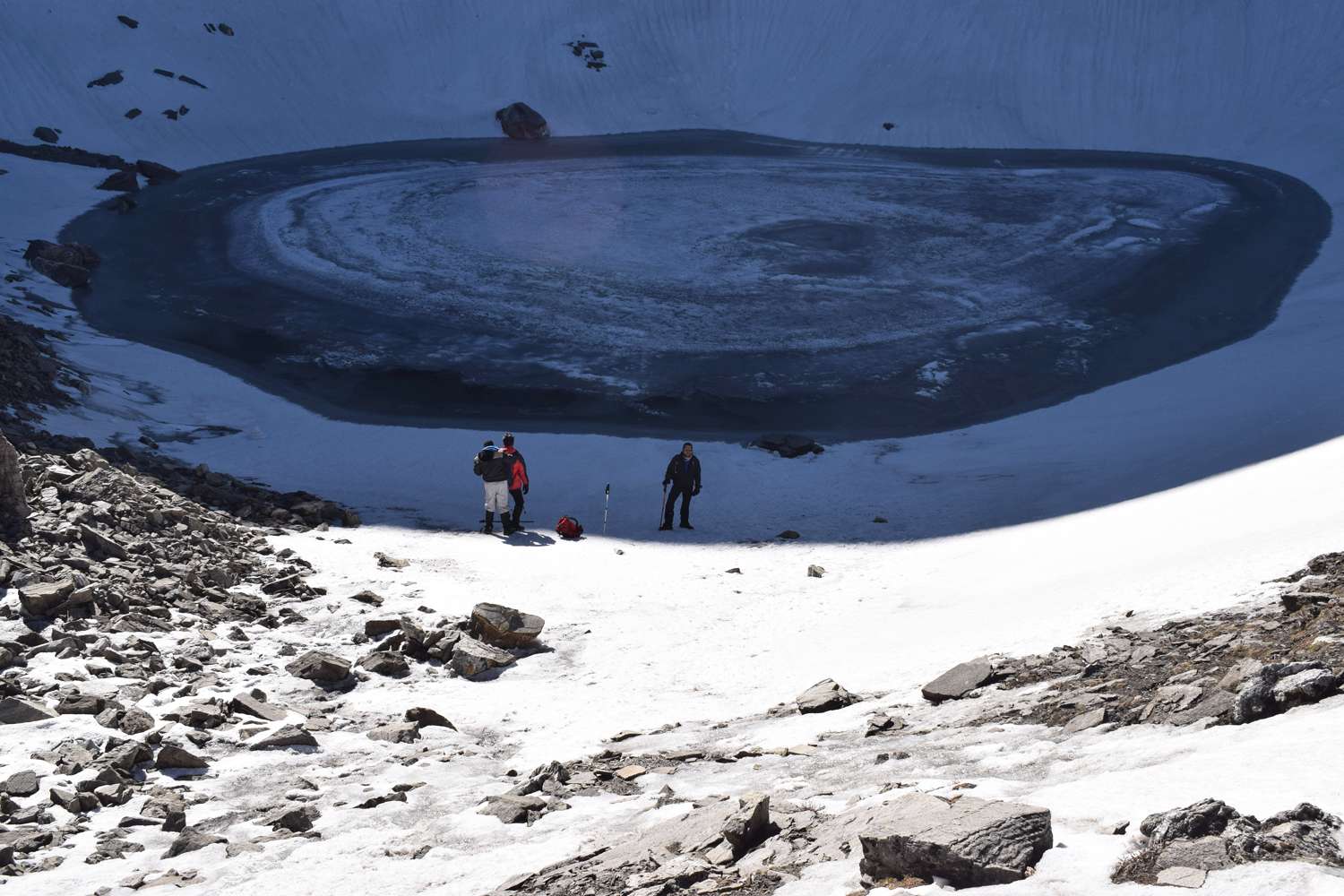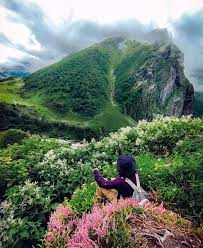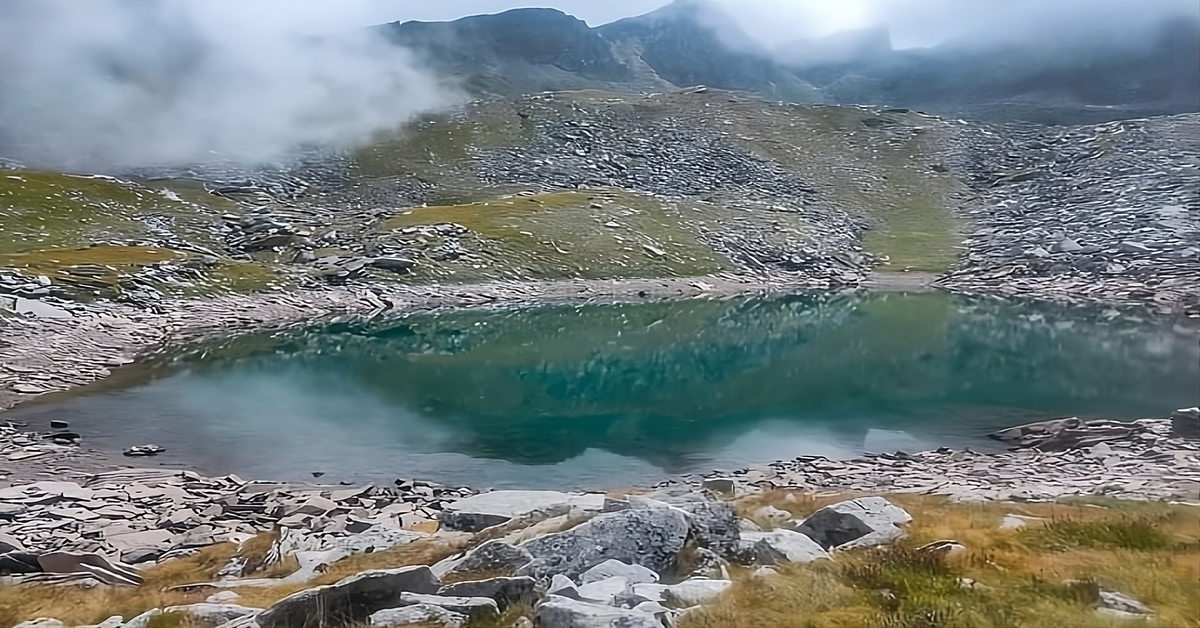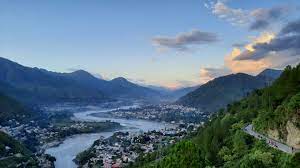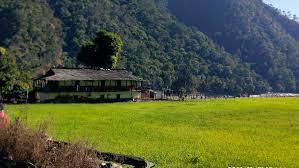Some valleys try to impress you the moment you arrive. Urgam (उर्गम घाटी) does not. It stays quiet, tucked away near Joshimath, with terraces carved into slopes, stone-roofed homes leaning into the hillside, and streams that seem louder than voices.
You don’t feel Urgam all at once. It grows on you, step by step, like the sound of water that follows you through the valley.
The First Approach
The road bends out of Joshimath and climbs slowly. At first, you see the Alaknanda flashing silver below. Then the route narrows, hugging ridges where only one car fits at a time. Drivers slow down, honking at blind turns, but no one looks rushed.
By the time the last stretch starts, the valley opens up huge. Terraced fields fold down the slopes, almost like stairs reduced via the affected person's palms. Villages hang to ridges, roofs darkish with slate. Cows wander throughout the direction, and you experience the shift from the outside international into an area with its very own rhythm.
Life within the Villages
Urgam is not a single settlement but a collection of hamlets scattered across the slopes. Houses take a seat close together, constructed of stone and wood, their courtyards complete of equipment, fodder, or drying maize. On a few balconies, pink chilies dangle like garlands.
Children run barefoot over mud paths, shouting each other’s names across the fields. Women carry bundles of grass twice their size, climbing with steady steps. Old men sit in doorways, watching, not in a hurry to say much.
The land rules the calendar here. Rajma, potatoes, millets, and apple orchards keep families busy. In summer, the valley glows green. By autumn, fields turn gold. Winter shuts much of it down, and people retreat indoors, wrapped in wool, telling stories beside stoves.
Temples in the Valley
This valley is not just fields and houses. Faith grows here, too. The most well-known shrine is Kalpeshwar (कल्पेश्वर मंदिर), one of the Panch Kedar temples of Shiva. Pilgrims walk through Urgam to reach it, following trails shaded by oak and deodar.
But Kalpeshwar is not the only sacred spot. Small shrines stand quietly by streams or under peepal trees. You don’t need to look for them sooner or later, while walking, you’ll come across a cluster of stones dressed with red cloth or flowers. That’s enough to tell you the place is alive with prayer.
Walking the Paths
If you want to know Urgam, you walk. Trails thread the valley, some wide enough for mules, some just narrow ridges between fields. At one turn, you might find a herd of goats spilling across the path. At another, an orchard where branches bend with fruit.
Every route carries its very own mood. Sometimes the most effective sound is your own breath. Sometimes you listen to water speeding under timber bridges. Sometimes a shepherd calls out to his animals, his voice echoing throughout the slopes.
By nighttime, the valley changes. Smoke begins to rise from the kitchen chimneys. The air smells faintly of wood and grain. Families call children from the fields. And as dusk settles, the hills fall quiet once more.
Festivals and Gatherings
Like each Garhwali village, Urgam has its own personal rhythm of galas. On Shivratri, human beings walk collectively to Kalpeshwar, wearing flowers, milk, and lamps. The path fills with chants of जय भोलेनाथ.
During harvest, fields are blessed earlier than the crops are reduced. Families cook dinner together, sharing rice, dal, and nearby greens. Fairs are small, however, packed with strength, drums, folk songs, and dances that spill over into the nighttime.
Even on ordinary evenings, you’ll see someone light a diya at a roadside shrine. Faith here doesn’t need a scale. It lives in gestures that repeat quietly, every single day.
If You Plan to Visit
- Best months: April to November. Winter often makes paths icy and roads uncertain.
- Distance: Around 13 kilometers from Joshimath by road. The final stretch is narrow, so smaller vehicles are better.
- Stays: Family-run homestays are the way to go. Expect dal, roti, sabzi, rice, and warm smiles. Do not expect luxury.
- Clothes: Carry layers. Even in May, evenings bite with cold.
- Treks: Kalpeshwar is a short walk from the valley. Start early, move slow, and let the path reveal itself.
- Respect: Greet people, avoid litter, and walk lightly. This is not a tourist town but a lived valley.
What Lingers After You Leave
Urgam does not give you one postcard moment to frame. It gives you fragments. The sound of water in a stone channel. The sight of children waving from rooftops. The way the mountains darken slowly as the sun slips behind them.
For some, it is the blessing of Kalpeshwar that stays. For others, it is just the stillness of sitting on a field edge, watching the wind move across crops.
What ties it all is a sense of endurance. Life here has gone on for centuries without noise or hurry. You carry that rhythm with you when you leave.
Urgam does not perform. It does not try to impress. It waits. And if you listen closely, it gives you something that follows long after the journey is done, a silence that feels alive.

